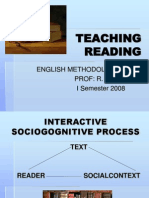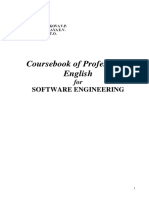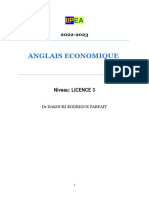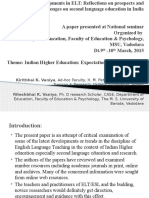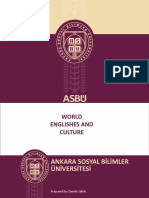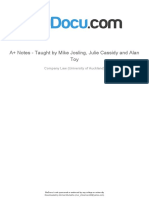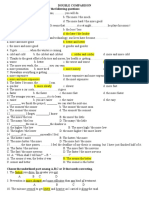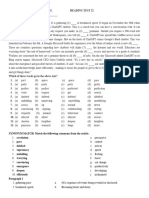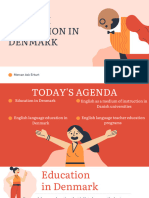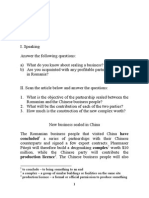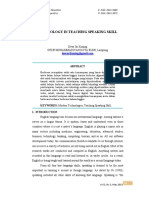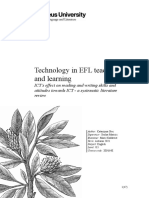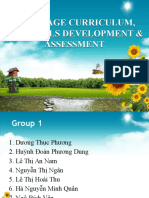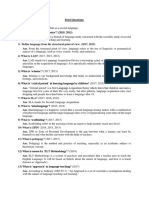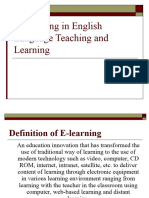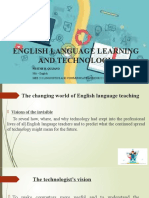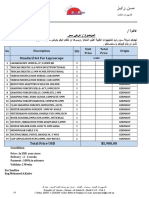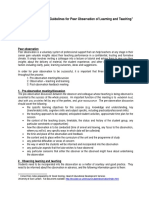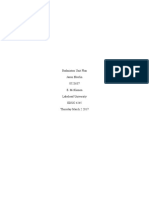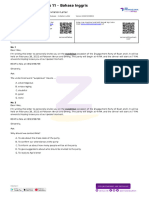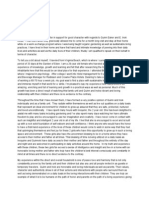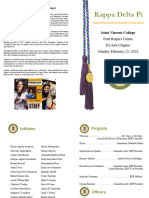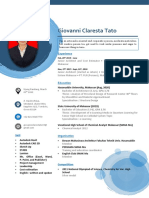0% found this document useful (0 votes)
104 views27 pagesE-Learning in English Language Teaching and Learning: Kasamaporn Maneekao Sonthida Keyuravong
The document discusses integrating e-learning into English language teaching and learning. It defines e-learning and different types including as tools to supplement classroom instruction or replace teaching. Factors to consider for integration include the purpose, how the technology will be used, which resources to use, and where in the curriculum to integrate.
Uploaded by
waleedalihamzahCopyright
© © All Rights Reserved
We take content rights seriously. If you suspect this is your content, claim it here.
Available Formats
Download as PPT, PDF, TXT or read online on Scribd
0% found this document useful (0 votes)
104 views27 pagesE-Learning in English Language Teaching and Learning: Kasamaporn Maneekao Sonthida Keyuravong
The document discusses integrating e-learning into English language teaching and learning. It defines e-learning and different types including as tools to supplement classroom instruction or replace teaching. Factors to consider for integration include the purpose, how the technology will be used, which resources to use, and where in the curriculum to integrate.
Uploaded by
waleedalihamzahCopyright
© © All Rights Reserved
We take content rights seriously. If you suspect this is your content, claim it here.
Available Formats
Download as PPT, PDF, TXT or read online on Scribd
/ 27


